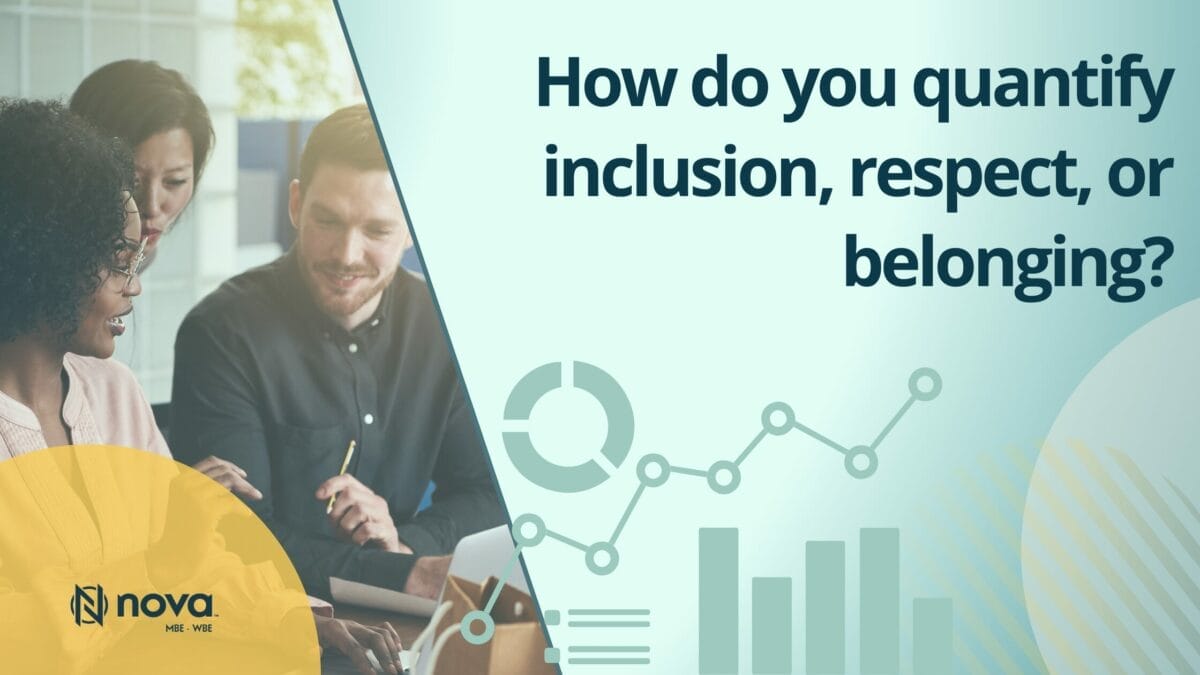
How do you quantify inclusion, respect, or belonging?
“Data-driven” is the baseline currency in contemporary organizations.
Trying to pitch to a new client? Better have your metrics ready.
Working with an internal team to implement new processes? You have to know what the research shows. And good luck trying to get any new initiative approved without the data to prove it out.
Corporate America has figured out how to measure client satisfaction, downstream ROI, and employee engagement - our new operating principle is that the data will tell us everything we need to know. We know when programs succeed or fail or if something was objectively good or bad - because the data tells us so.
So what does the data say about Diversity, Equity and Inclusion efforts?
Certainly there is data around this topic — Mckinsey has released nearly a decade of research, filled with facts, figures, and DEI by the numbers. It makes sense that “diversity” can be measured with strict numbers — we can look at the number of people we have, and quantify what identities they hold within the sum total of our workforce (This, of course, all depends on how your organization defines ‘diversity’ and in which identities and experiences you are choosing to prioritize representation).
But what about “inclusion”? What about “equity”? And if your DEI commitment statement mentions “belonging” or “respect” — how are we measuring those?
Yes, there are elaborate algorithms designed to measure and quantify employee engagement within organizations – and in the quest for talent, keeping employees engaged is a metric worth paying attention to. But in the DEI world, can a survey response on a scale of 1 – 10 really tell us all we need to know?
Consider this scenario: Shelly is a Black lesbian who likes her job and likes her co-workers. She answers on her survey that she is ‘very engaged’ and she ‘strongly agrees’ that she is fulfilled at work. The admin for her department seems rude to her sometimes, but maybe he’s that way with everyone? And all of the company memos and party invites refer to heterosexual partners, but that’s just how it is in big corporations. And there aren’t any Black women in senior level leadership positions, but that’s why she’s going to work so hard to be the first!
While Shelly might really *like* her job, there are many qualitative elements that don’t bode well for a sense of inclusion, belonging and respect. And they don’t bode well for a long, innovative and productive career path for Shelly.
In order to better understand how organizations can get to the data around inclusion and belonging measurement at work, we talked with Jeff Syroney, an independent market researcher. Jeff and his team find ways to measure human emotions, experiences and decisions and turn those measurements into actionable insights. He works in both quantitative and qualitative methodologies and advocates for the use of both methods when possible.
Jeff shared with us his point of view on conducting the “softer side of research” and some food for thought on how imperative it is that organizations start asking the right questions, in the right ways.
“Quantitative research is great to understand where, what, how many of a thing, whatever it is that you’re looking to understand. Qualitative research comes into play when you want to understand a more nuanced experience, or a process, or something that might involve deep emotions. All qualitative research is directional — the results provide insight into new areas of discovery which might include additional questions, or confirmation or denial of hypothesis’ held. And then you can confirm with quantitative.”
The Case for Qualitative:
“I don’t see how you could measure the effectiveness of these programs or a company’s level of inclusion without conducting qualitative research. Consider the word ‘belonging’. What does that even mean? If you took a survey and asked 100 people how they define that word, you will get multiple interpretations. Until you first establish a shared context for what “belonging” means to me – and what it means to you – and what I really mean when I’m asking you about “belonging”, you can’t really begin to understand what answers you’re collecting from a survey. By conducting qualitative research either before or after your survey work, you gain a deeper understanding and empathy around these concepts of inclusion. Your survey means more because you have context. Conducting qualitative research after a survey provides the opportunity to dig deeper into what you’ve learned – ‘you say you feel a high sense of inclusion here, what does that mean to you? What are some examples of how that plays out?’”
On Sample Size:
“It’s less about hard numbers and more accurate about representation. You want to make sure the right populations are being heard from and are in proportion to your total workforce (by identity and by role). Are there different segmentations that might be helpful to understand – such as night shift vs day shift, management vs. contributors? Take an existing framework and make sure it is accurately represented.”
On the ROI of Inclusion:
“When you are running a business, what is most important for you to know or understand? The way you would assess the ROI of understanding your competitive set, or having product expertise is the same way you should assess the ROI of understanding your workforce. If the people who are making what you do possible feel unhappy or unheard, that’s only going to grow. Think of that as expense inflation that has a compounding effect and then divide that by the cost of taking a pulse check once or twice a year. You’ve already invested in your talent, and it’s a critical investment. The cost of attrition, the loss of innovation and productivity are all real financial drivers.”
On Conducting DIY Research:
“Some of these efforts may seem cost-prohibitive and there are certainly ways for an organization to take their own steps internally to gather this information. Almost every organization has a performance plan – whether it is informal check-ins or annual reviews. Don’t approach it as a ‘this is a review of everything you are doing wrong’. Instead, use it as an opportunity to ask questions about experiences and examples that could increase the individual’s sense of belonging and inclusion. How do you define engagement at work? What does it look like when you’re engaged? It really doesn’t have to be a very expensive consultant coming in and conducting exhaustive research – there are ways through technology to start gathering feedback and input immediately. But it starts with asking the right questions”.
At Nova, we believe diversity is a key driver of innovation for organizations. We believe inclusion and belonging contribute to a consistently diverse workforce. In today’s talent ecosystem, we are convinced that the winners will be the organizations that figure out how to have honest conversations, solicit authentic feedback, and continually seek to learn more about themselves. The losers? The losers will continue to issue “strongly agree” and “highly engaged” surveys and sit back to watch the bulk of their best talent (and invested talent dollars) go to the companies that ‘get it’.
So why not start today? Ask someone what their experience is. Ask someone how they define belonging and what it looks like to truly belong at your organization. Let the data-gathering begin!
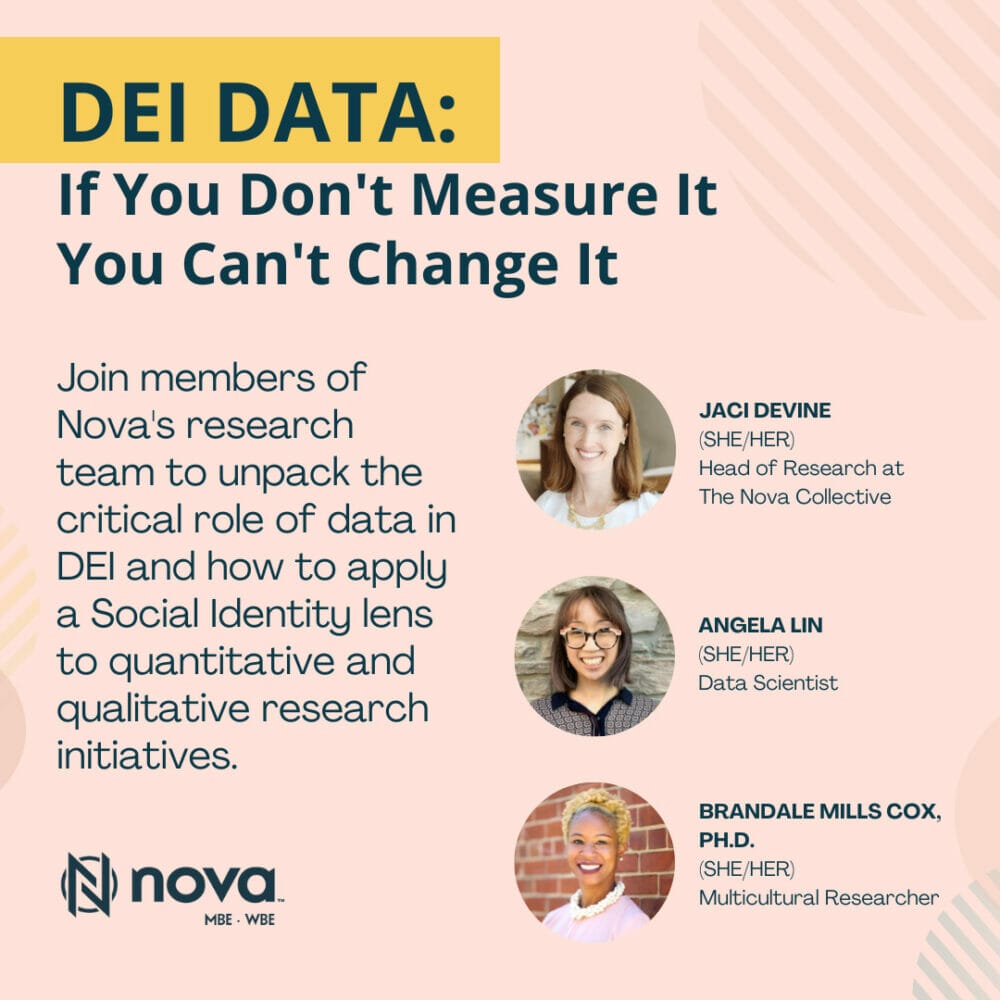
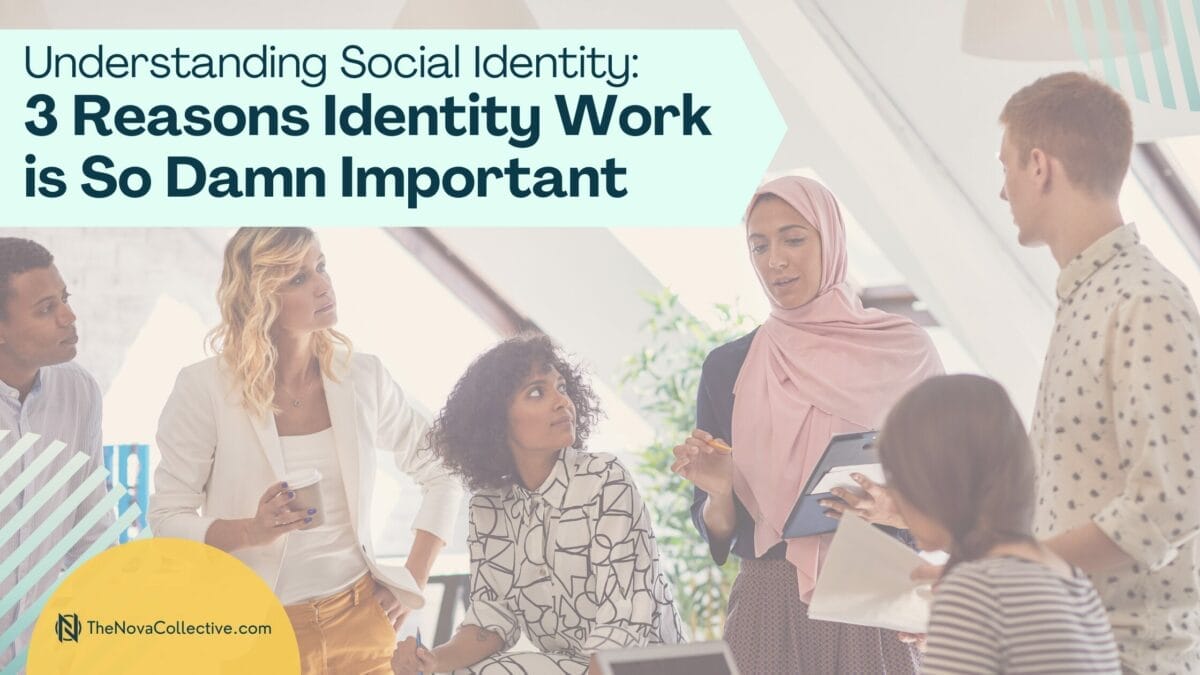
"We want the trending Unconscious Bias training, or the webinar on Allyship (both of which have absolute value). We too often jump at these tactics with a ‘one size fits all’ approach, when we know that all too often that translates into ‘one size fits none’."
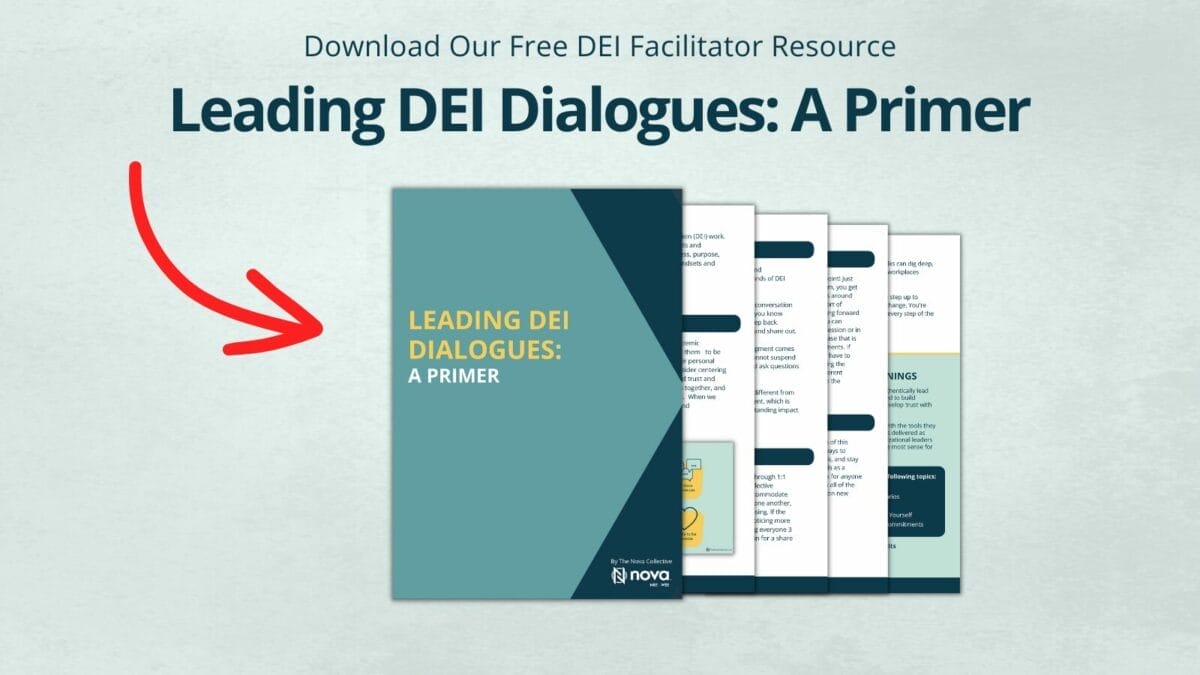
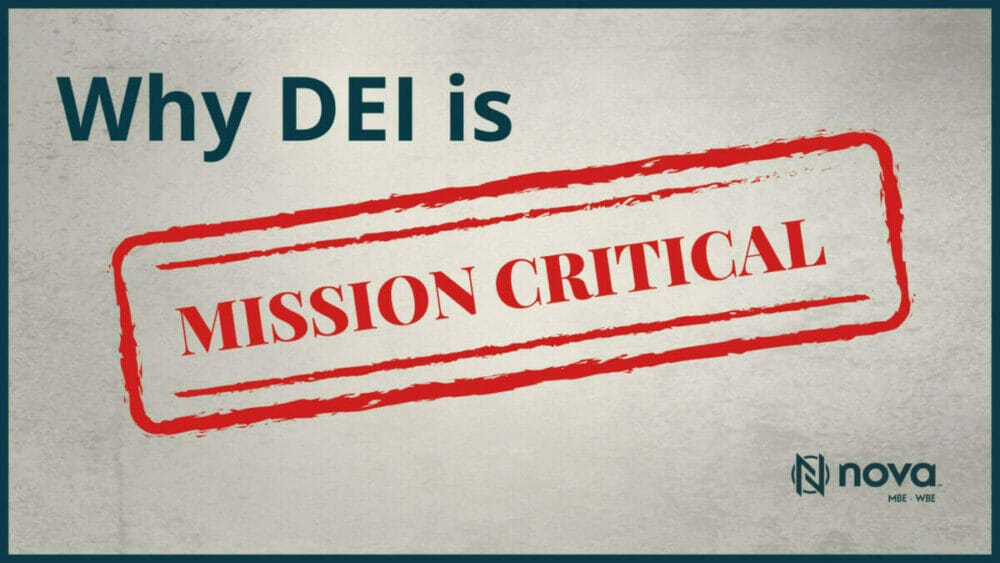
"We’ve seen resistance to finding the time, energy, and resources for this work, especially in leaner times. It shows up most often when DEI is positioned as “extra” instead of essential to business success. But the data supports the reframe: DEI is good business"

Where are you on your DEI Journey?
We're here to support you, let's talk!
